Have you ever noticed that strategies for classroom management are a lot like puppy training?
Let me introduce you to my Golden Retriever puppy Shadow.
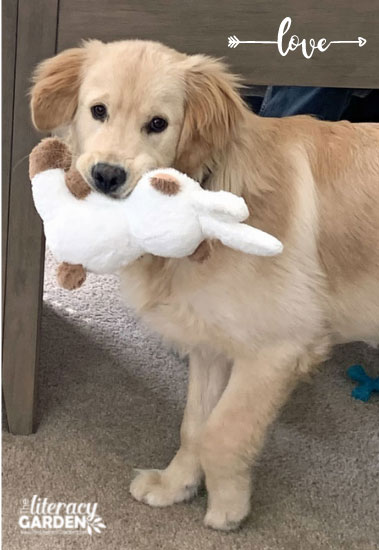
Cute, isn’t he? Yeah, things went really well for the first couple of months. He quickly learned to do his business outside, never chewed any furniture, and never destroyed any of his stuffed animals! He sounds like a dream puppy, right?
Well, fast forward a few months, and things have changed. We have nicknamed him Mr. Shenanigans. I couldn’t understand what happened to my sweet, gentle, obedient puppy. Suddenly he is acting up, challenging my husband and me on walks, and doing things that he had never done before! Oh, and did I mention he has become quite vocal in stating his objections? I’m thinking he’s been trained, so he should know better. What’s up?
Can you relate?
The reason I’m sharing this story is that you may have noticed that your students’ behavior has started to change too. Sometimes we say, “The Honeymoon is Over” or we blame Spring Fever, but I really wonder if it’s a result of drift. Here are some practical strategies for classroom management that have helped me change the course and get us back on track.
6 Helpful Strategies for Classroom Management

Ask yourself these questions:
- Am I too tired, too overwhelmed, or burned out?
- Did I assume things would just coast along beautifully?
- Are you saying to yourself or others, “After all we’ve been through these past several months, why can’t they work independently?”

OVERCOMING DRIFT
We can’t just assume that once we’ve trained them it will be smooth sailing from now on.
Drift happens so easily. It sneaks in when you aren’t looking. It can happen anytime we are stressed, too busy, overwhelmed, or overtired. Drifting is like eating the donut in the staff lounge instead of your salad. Drift is not stopping at the gas station when you see the low fuel light on and now you’re running late to work. Drift can be leaving the laundry in the washing machine because you’re too tired to put it in the dryer. Days later, when you do remember, your clothes smell like old sweaty sneakers. Sound familiar?
1 – CHANGE YOUR FOCUS
To change my focus I needed to catch Shadow being good, instead of being frustrated with him when he wasn’t behaving. The same thing goes with your students. While it is easier to see what’s wrong, it takes intention to look for what’s right.

Make it a goal to notice at least 3 things that are going well today. Write them on Post-it notes. The visual reminder will be good for you AND your students.
Next, focus on one behavior to improve at a time.
Let your students know you will be watching to see who is doing that well. Give lots of verbal acknowledgment when you see it. “Thank you Jason for raising your hand!” “I like the way Andrea walked to line up.”
The more you see good choices, the better you will feel too. It will show in your face and in your tone.
2 – MODEL WHAT YOU WANT –
Another thing I realized was saying the words, “No!” and “Stop!” aren’t helpful. Albeit I wanted the behavior to stop, I wasn’t telling Shadow what he needed to do instead.
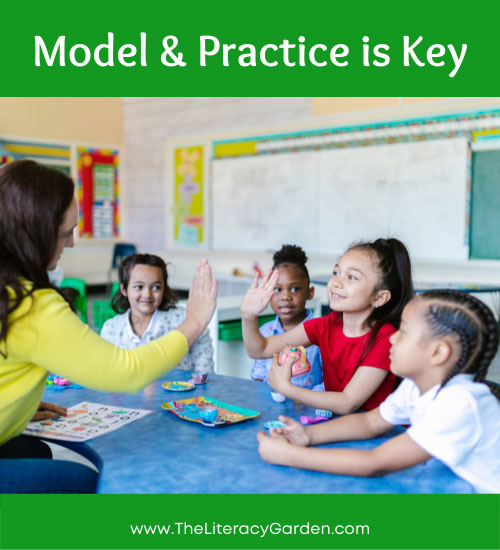
The most effective way to change behavior is to tell them what to do instead.
Instead of “Stop talking so loud!” Try, “Use your whisper voice so it doesn’t disturb others.” Switch, “Don’t lean back in your chair” to “Put four legs on the floor so you don’t fall.”
Effective strategies for classroom management take time and practice.
EXPLAIN – ROLE-PLAY – PRACTICE – REPEAT
BE CONSISTENT – BE INTENTIONAL
3 – WORDS MATTER –
You have probably heard the saying, “Sticks and stones may break my bones, but words could never hurt me.”
But do you know the next part of the poem?
“But now I know it is not so.
I’ve changed the latter part;
For sticks and stones may break the bones
But words can break the heart.
Herb Warren
Our words matter. They can lift up or tear down. The words you use determine the culture and climate of your classroom.
I highly recommend a book titled, “Choice Words – How Our Language Affects Children’s Learning.” by Peter Johnston. It is quite thought-provoking.
4- ADDRESS PROBLEMS INDIVIDUALLY –
Often the behavior we currently see is linked to pre-existing circumstances. Seek to understand the child before jumping to conclusions.
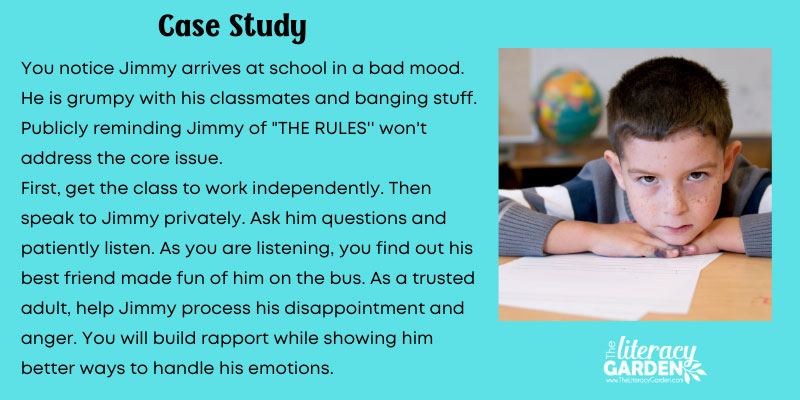
5 – GIVE ACCEPTABLE CHOICES –
We all like to “have it our way”. One way to compromise is by providing choices within limits. Let students choose between 2 or 3 options that are ALL acceptable to you. I am a firm believer in the When…Then model. It goes like this, “When you are finished with ________, then you can do _______, ________, or ______.”
Consider differentiating ways to complete the same skill or objective that allow for different learning styles.
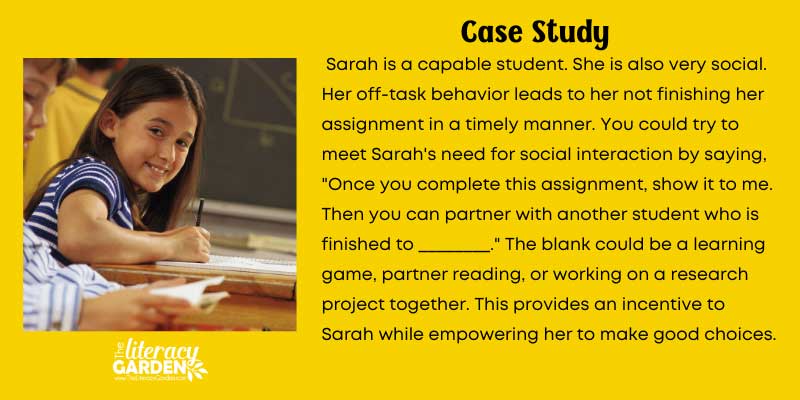
6 – SEEK ADVICE FROM EXPERTS
Let’s face it, most general education programs don’t adequately train teachers in the area of classroom management. A few weeks of student teaching won’t prepare you for all the various classroom dynamics and behavioral interruptions you will encounter. Learning more ways to be proactive in structuring your learning environment can minimize off-task behavior. You aren’t incompetent. You desire something better for you and your students. Getting insight and tips from experts in the field is wise.
Effective strategies for classroom management are part of a teacher’s toolbox. The more tools you have, the more successful you will be. And as for Shadow and I, we’re a work in progress.
Do “NO NAME” papers drive you nuts? I have a simple solution that has saved me tons of headaches and time.
https://theliteracygarden.com/solution-to-no-name-papers/
For more classroom management tips check out these websites:
https://www.effectiveteaching.com/store/products/elearning
I’d love to hear your favorite classroom management tips. Please share them in the comments.
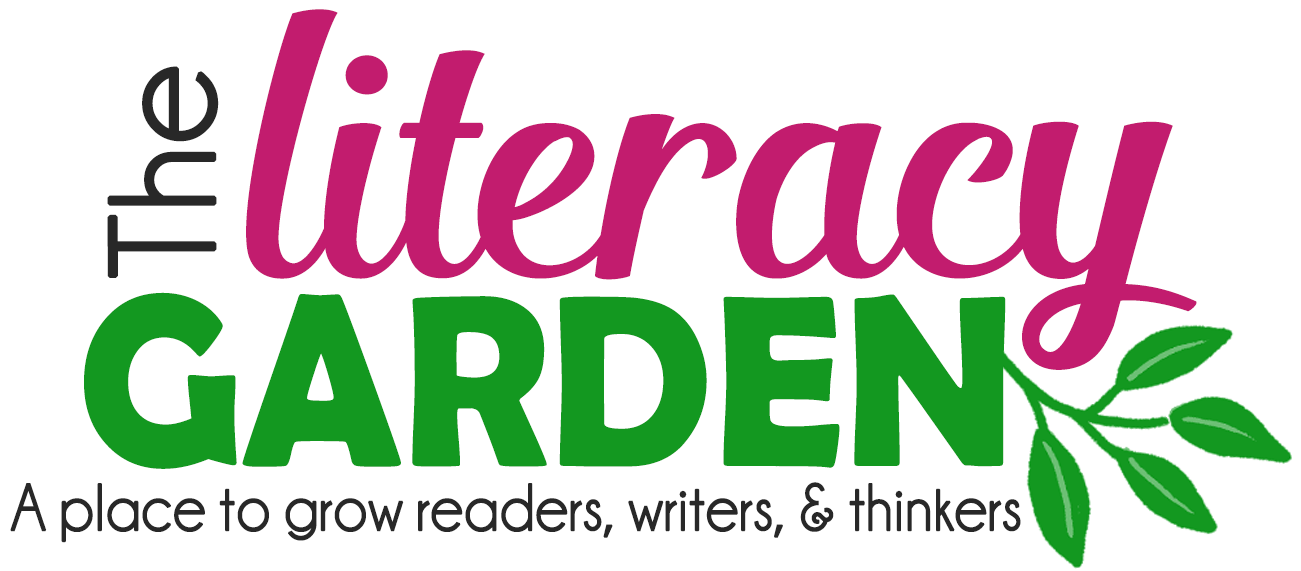

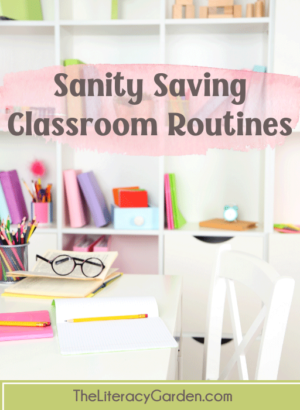




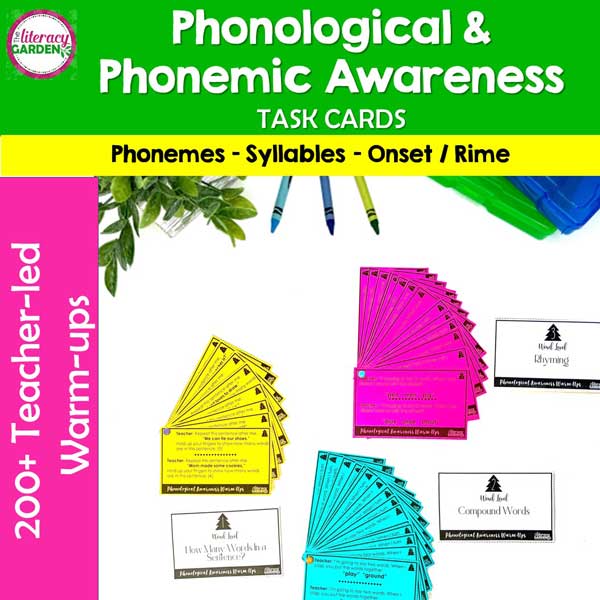


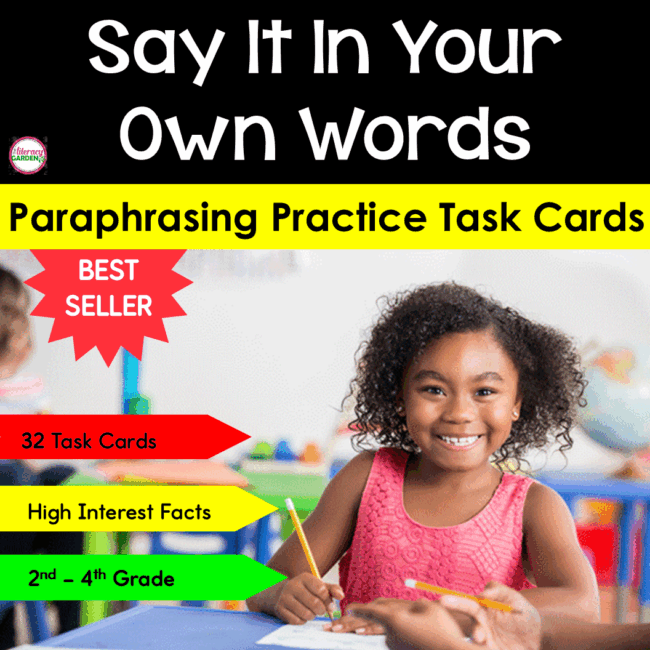




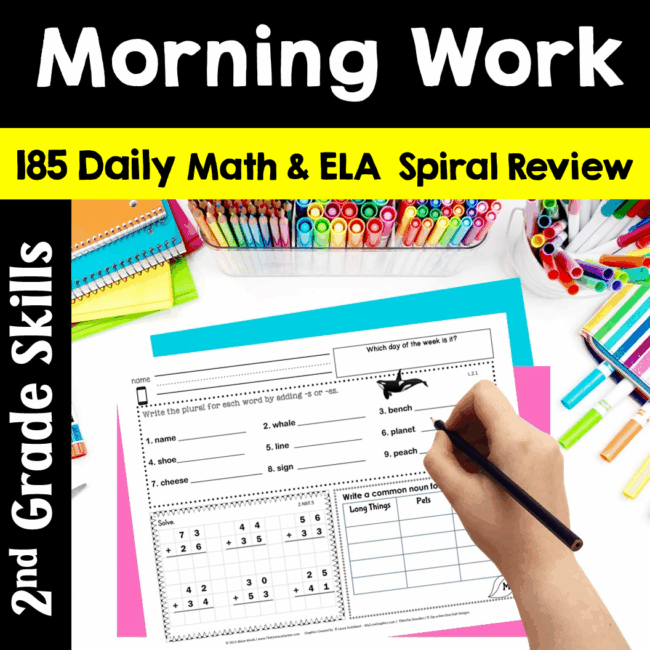


1 Comment
[…] such as workshops or online courses, to enhance your knowledge and skills. Explore books and articles on classroom management and instructional strategies. Utilize technology tools, such as classroom management apps or online […]